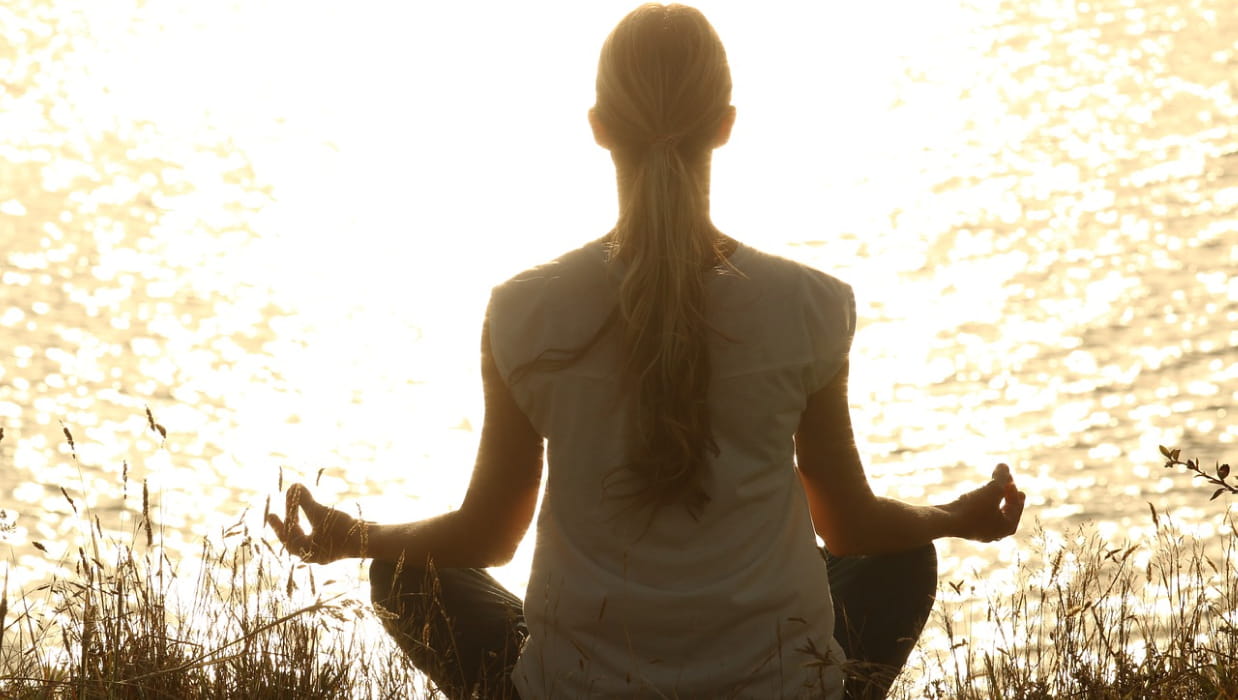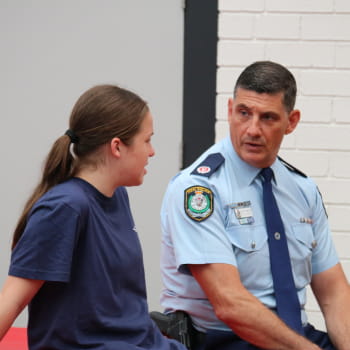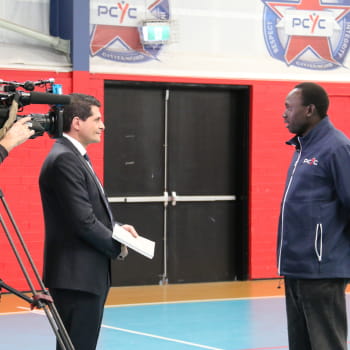
Meditation can be a beautiful way to calm the mind and cultivate presence in your everyday life. If you’re looking for a new way to relieve stress, then meditation can be a great tool.
Meditation is a great way to relax the mind and body. It is a state of deep relaxation where thoughts are stilled, and you can have a moment’s peace without the constant swirling of ideas in your mind. The practice of meditation is all about watching your internal dialogue so that your mind can be aware of it’s higher reality. We are not the thoughts inside our head, and meditation allows us to realise that. By watching our thoughts we can relax the mind, which will in turn relax your body.
Why should you meditate?
Our bodies need rest to function at their optimum. While sleep is the obvious way to rest and rejuvenate, this can be difficult when our minds won’t stop. Meditation enhances our ability to rest in two ways: it relaxes the mind and body so that it is better prepared for sleep, and it also gives the mind a break. It’s important that we remember our brain needs a rest from our constant thinking just as our body needs sleep in order to function.
There are a range of benefits that come with meditation. It improves the immune system, lowers blood pressure, reduces stress and anxiety, and increases overall happiness. Incorporating meditation into your regular routine will help you to live a relaxed, healthier life.
How can you meditate to relax the mind?
Many people think that meditation is all about switching off. This isn’t really the case. What is actually about the opposite - it allows you to switch on and tune into what thoughts are going on in your mind without being identified with those thoughts. As we get better at watching the thoughts that come into our head, they arise in our minds like clouds across a blue sky and we’re able to ‘see’ our unconscious mind.
Eventually this enables us to quieten the mind and feel more settled with the thoughts coming in and out. It instills a sense of calm, and enables us to become hyper aware and hyper conscious of what is going on in our own minds.
How to meditate
To begin meditation practice, find a place where you are comfortable. This might be sitting in a chair with good back support or lying under a tree in the park. If you feel comfortable in the environment and in your specific position, it will work for meditation. The key is finding a position where you will be relaxed and uninterrupted for at least 20 minutes as you don’t want anything or anyone to break your focus.
When you are comfortable, close your eyes. Begin by focusing on your breathing. Deep breathing can help to relax the body, so begin by taking deep breaths through your nose and out through your mouth. Then turn your attention to a mantra. Gently humming ‘OM’ to yourself can help to silence your thoughts. Concentrate on clearing your mind. Thoughts will continue to pop up, but simply return your attention to your mantra and let these thoughts float away without engaging in them.
Continue this practice for about 20 minutes. Slowly open your eyes and keep taking slow, deep breaths. You should feel much more relaxed and balanced after taking the time to switch off and relax your mind.
What are other ways to relax the mind?
Meditation is most effective in relaxing the mind when used simultaneously with other techniques. Physical activity is a great method for relieving tension and relaxing the mind. It distracts us from our thoughts, bringing our attention away from our minds, while also releasing endorphins that make us feel happier. If you are looking for ways to relax your mind, try joining a fitness and gym club in Sydney.
Read Also:










